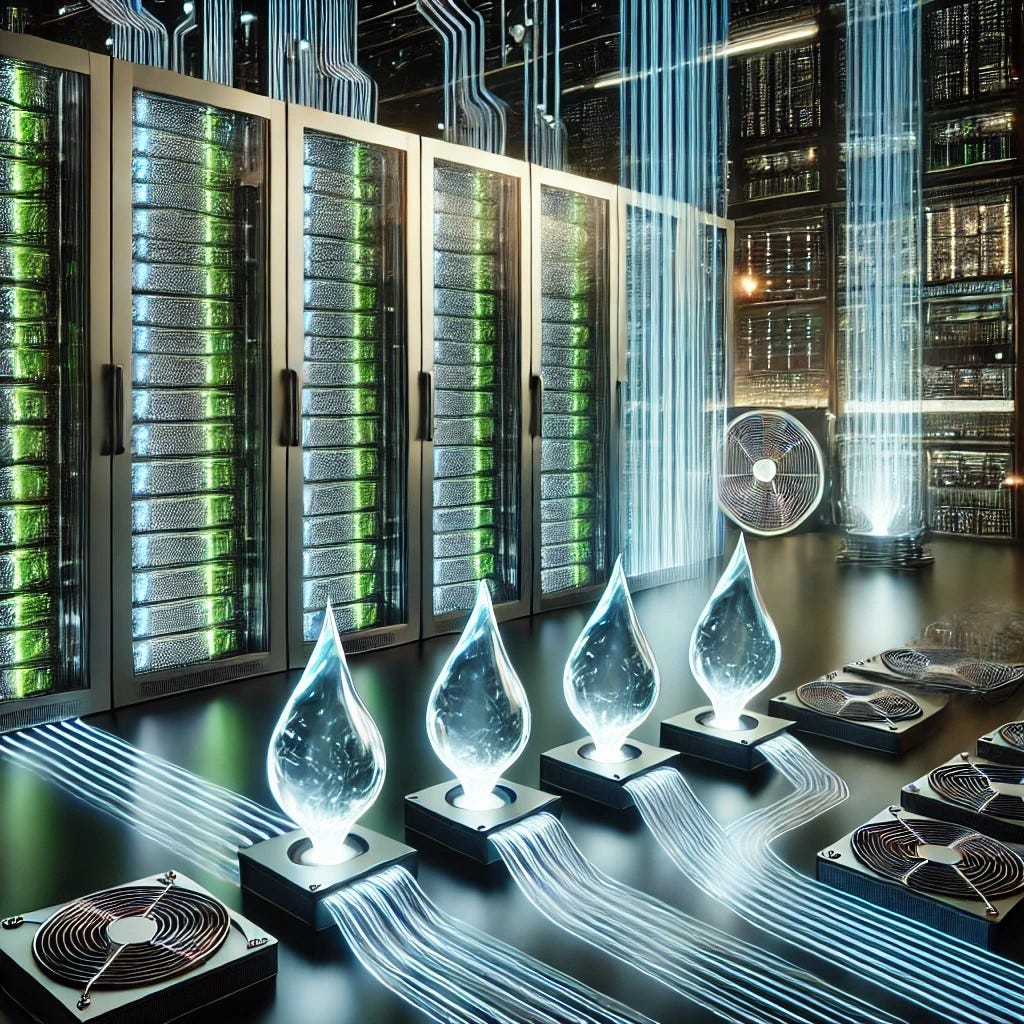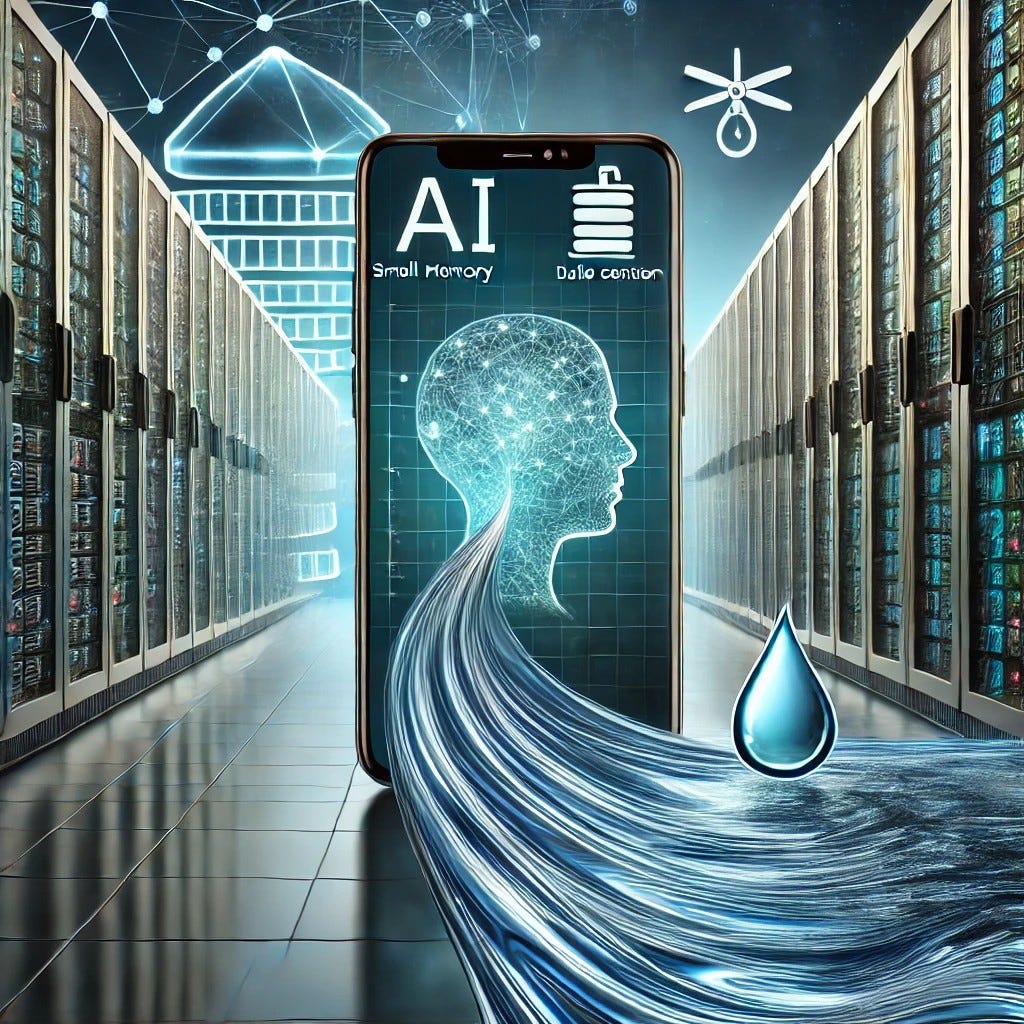Introduction: A Fresh Take on AI (With a Side of Water)
Welcome to the next evolution of AI! Forget the transformer models you’ve heard about—Liquid AI is here to make waves, and not just in computing power. With their Liquid Foundation Models (LFMs), they’re cutting down on energy, water usage, and memory needs. Let’s dive into how this new AI tech could transform the way we build and use AI while saving resources, including something precious—water.
1. Transformers and Water: An Unexpected Connection
Did you know that traditional transformer-based models are thirsty? It’s estimated that for every 300 words of text generated, models like GPT use up the equivalent of two bottles of water! That’s because data centers rely on vast amounts of energy and water to keep them cool while running those massive models. But here’s the twist: Liquid AI’s models use a fraction of the energy, and that means less water for cooling.
2. Liquid AI: AI Models That Sip Instead of Guzzle
Now, let’s talk about Liquid AI’s secret sauce: Liquid Neural Networks (LNNs). These AI models don’t need to be as bulky or resource-hungry as transformers. They work efficiently with fewer parameters, which means less heat and less memory, resulting in a system that’s kinder to the planet. It’s like trading in a gas-guzzler for a sleek electric car!
3. From Servers to Edge Devices: Water Savings Beyond the Data Center
What if you didn’t need massive data centers to run powerful AI? With Liquid’s LFMs, AI could be deployed on edge devices like your phone or smart home gadgets, drastically cutting down on energy and water use. Imagine running a huge AI model without needing the cooling power of a small river—it’s possible with this tech.
4. The Bigger Picture: Environmental Impact
With Liquid AI, it’s not just about faster and smarter AI models—it’s about reducing our environmental footprint. Traditional models demand acres of data centers guzzling water and energy, but Liquid AI’s LFMs shrink that need dramatically. Fewer resources for cooling, less memory required, and smaller footprints mean AI can now be green and still be powerful.
5. What Does This Mean for the Future?
This shift could change the future of AI for everyone. Imagine a world where AI doesn’t drain resources, where data centers shrink, and where AI models run efficiently on small devices, all while using minimal power and water. Liquid AI is paving the way for a future where AI is not only smarter but also more sustainable.
Conclusion: A Glass Half Full for the Future of AI
So, next time you think of AI, don’t just picture huge, energy-sucking data centers. Think of Liquid AI’s LFMs, sipping water and energy while delivering top-tier performance. With their memory-efficient models and reduced water usage, Liquid AI is set to make computing greener and the future brighter. Who knew saving the world could start with cutting back on water?
Key Ideas and Facts:
Water Consumption of Traditional AI: Traditional AI models like GPT are resource-intensive, consuming vast amounts of water for data center cooling. "It’s estimated that for every 300 words of text generated, models like GPT use up the equivalent of two bottles of water!"
Liquid Neural Networks (LNNs): Liquid AI utilizes LNNs, which are more efficient and require fewer parameters than transformers, resulting in less energy consumption and heat generation. This translates to significantly reduced water usage for cooling.
Edge Device Deployment: Liquid AI's LFMs enable AI deployment on edge devices, such as smartphones and smart home gadgets. This reduces reliance on massive data centers, further minimizing energy and water consumption.
Environmental Impact: Liquid AI's approach addresses the environmental concerns associated with traditional AI. By shrinking data center needs and reducing resource consumption, Liquid AI promotes a greener AI landscape.
Future Implications: Liquid AI paves the way for a future where AI is not only smarter and more efficient but also sustainable. This technology could lead to smaller data centers, more efficient AI models on smaller devices, and a significantly reduced environmental impact.






Interesting. LNN. Are they liquid or do they only behave like a liquid in that it adapts to the Container? Good to know we becoming efficient